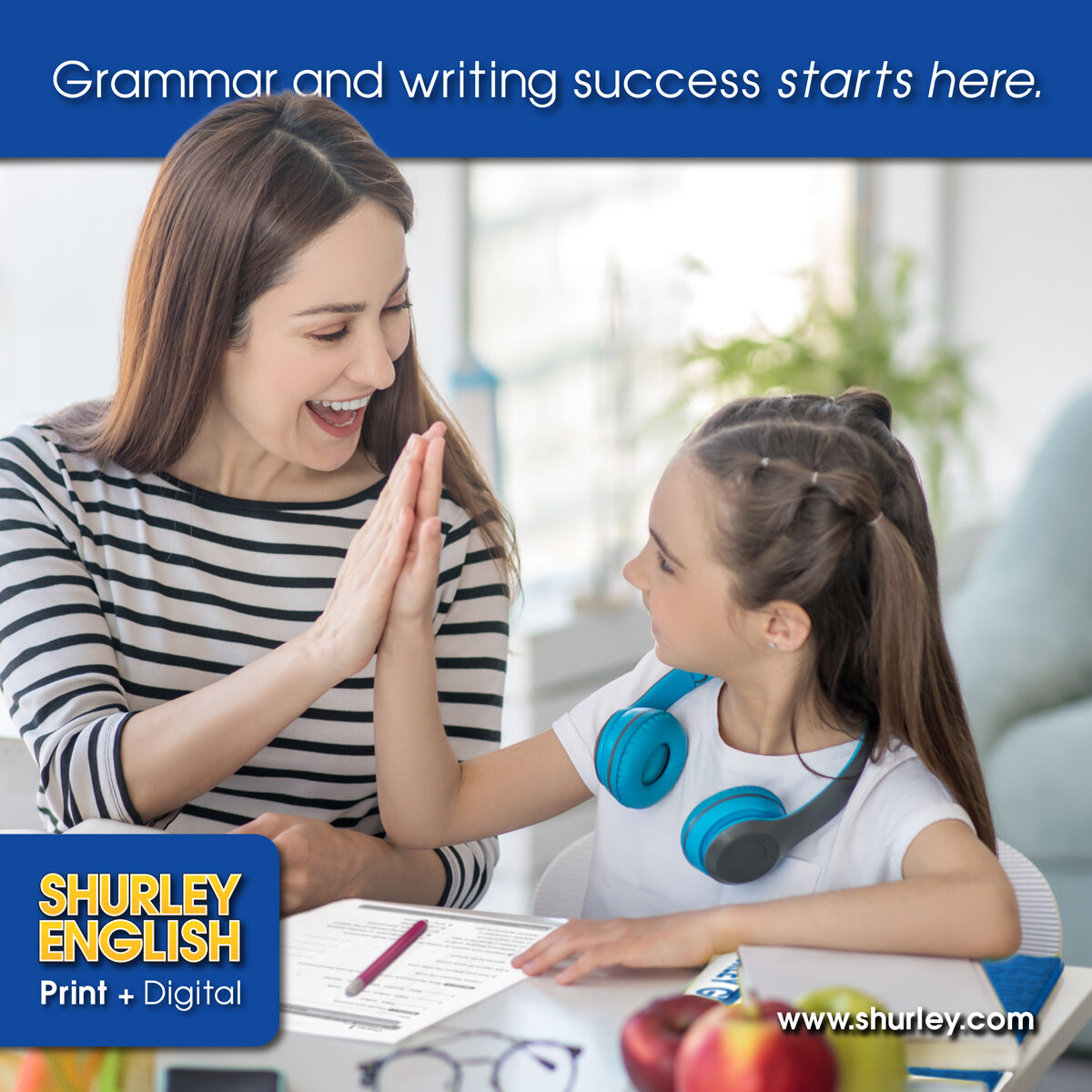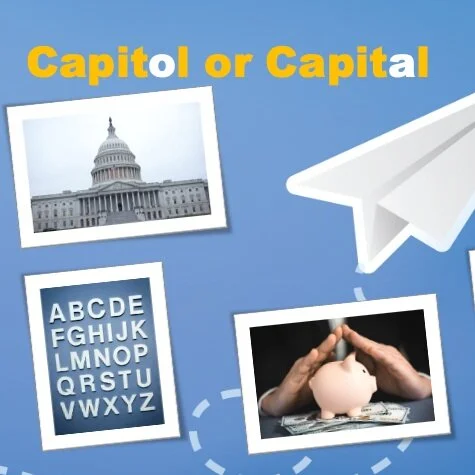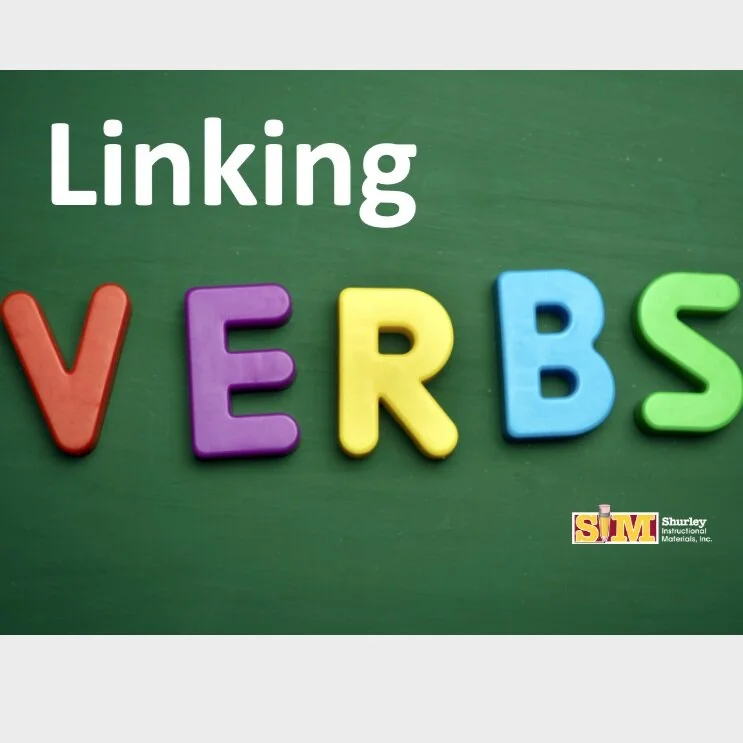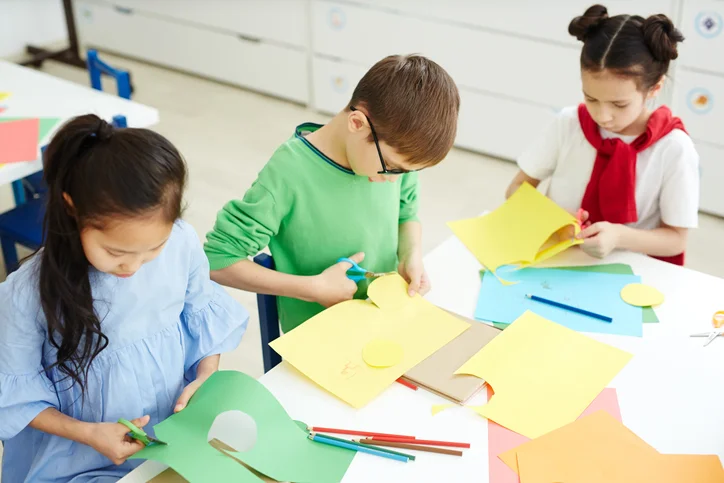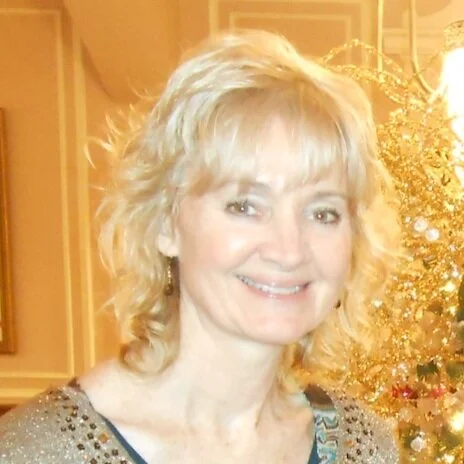Anyone up for an out-of-the-box challenge?
When I was a classroom teacher in the 90’s some of us teachers were in the business of creating student-led learning centers or stations for Math, Science, or Language Arts. I loved creating and hosting centers in my classroom because it gave my students the opportunity to collaborate in small groups, be a leader among their classmates, and learn subject material on a deeper level.
You might be asking, “What is a Learning Center?”
A Learning Center is typically a designated area in the classroom that provides students with experiences to practice, reteach, and enhance their learning. Most Learning Centers are filled with creative, hands-on activities and the necessary materials to carry out those activities independently or in small groups. Participating in Learning Centers requires students to take responsibility and accountability for their own learning. Learning Centers give teachers the chance to truly teach to the different learning styles of their students-to differentiate instruction.
Creating centers was a bit time consuming, yes, but if you had all your ducks in a row the payoff felt very satisfying! If you are a multi-tasker with good time management skills, can be organized and prepared in advance, and are an effective classroom manager…you can pull it off! As far as the classroom expectations or rules go, they don’t change and each center may have additional rules; your students are essentially responsible for themselves. You are the guide-by-the-side in this scenario!
WARNING: If you tend to get frustrated with a little bit of chaos or teach from a more scattered, fly-by-the-seat-of-your-pants approach, centers could end up being a stressful nightmare and may not be for you.
Characteristics of Effective Centers:
Remember, each center should be purposeful to the growth and academic progress of the student, not just busy work. And, centers give YOU the opportunity to place yourself at one center to teach a small group, or you may choose to monitor your students by weaving your way through each center. Here are some important characteristics of effective centers, also known as, "M.E.A.P.S."
Multisensory-Create activities that appeal to all learning styles! See It, Hear It, Say It, Do It!
Engaging-Strive for 100% student participation!
Aligned-Content must support your current classroom instruction.
Purposeful-This should not be just a bunch of busy work; see your students in action & assess what you need to assess!
Student directed-Students should be able to follow the given directions without teacher assistance and be responsible and accountable for their own learning.
Let's Create a Center...the logistics!
Now, you're ready to begin creating centers, right?!? Let's consider these seven MUST DOs as you get started.
- Decide on which subject material to focus.
- Decide how many Learning Centers to create. (Computer stations can count as one.)
- Where will the centers be located?
- Determine what you want your students to learn or be able to do through the activities.
- Calculate how much time is allowed at each center and decide if you’d like to keep the centers open on a weekly basis on a specific day for a certain number of weeks.
- Name each Learning Center. Write a description of the center, instructions on what to do, and the task to complete.
- Be sure to review the expectations with your class before the centers officially open and close your Learning Centers with a Wrap-up Session or Take-Away Time.
I found it doable to have 4-6 students per group, depending on the number of centers I had created. I was also able to devote up to two hours during my instructional time for centers, so my students would be in each center for 20 minutes. Before the rotation began, I would give the group guidelines and expectations for each center so they could be totally engaged for the full 20 minutes. At the end of the final rotation, I would bring the whole group back together for a “Wrap-Up” in order to bring the experience to a close. It also worked to take two days to complete all the rotations in the Learning Center, but as you can imagine, it didn’t flow as well as taking a longer block in one day. Opening up your Learning Centers on a weekly basis, on a specific day, works too…it will require a bit more organization and prep, but once students understand the process, it works nicely.
So, I invite you to think about it and decide if this, out-of-the-box challenge, is for you? If so, tune in to Part 2 where I’ll share some possible Shurley Learning Centers with you!
















